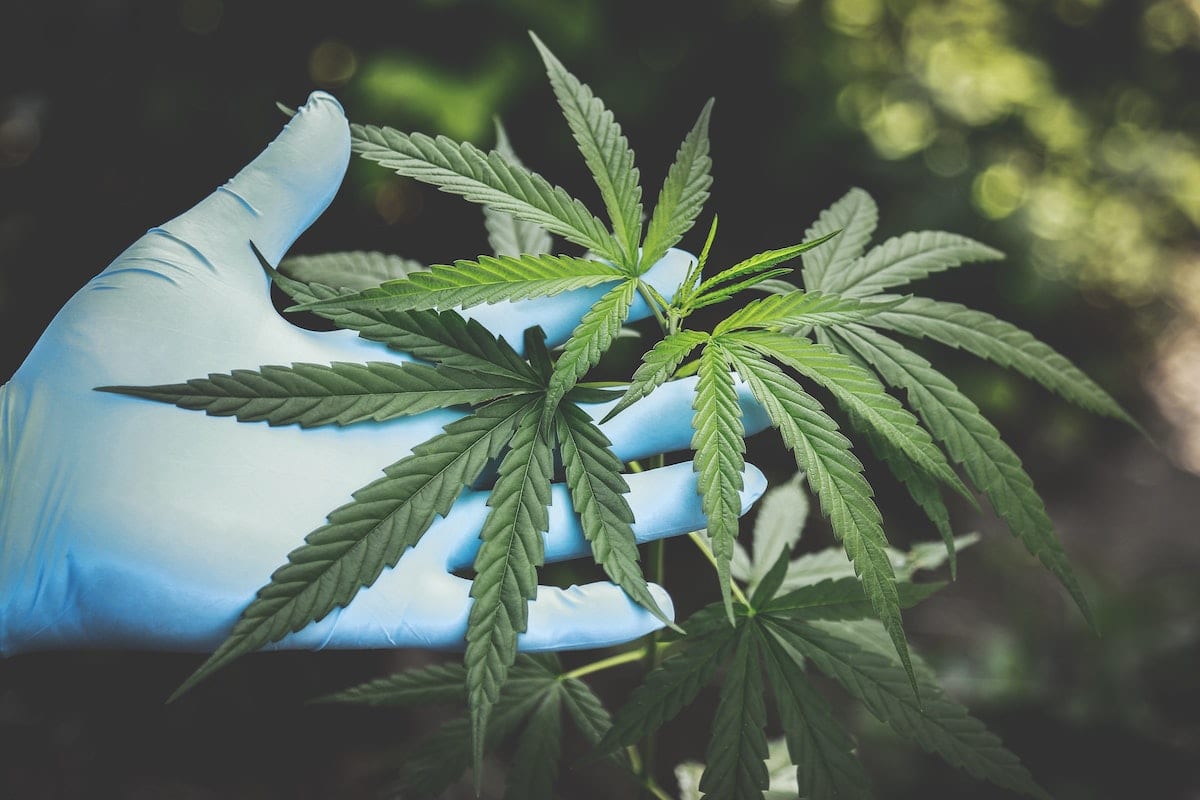Table of Contents
If you want to master the ability to grow cannabis indoors, you need the right skills and knowledge. Indoor cultivation is beneficial compared to outdoors, provided you can provide ideal growing conditions for your cannabis crop. However, you should be aware that, as of now, growing marijuana in the US is not legal in all states. Therefore, you should first ensure that it’s legal to grow cannabis where you live.
Once you’re satisfied with the legalities and you want to proceed, be sure to read this article, which is the complete guide on how to grow cannabis indoors.
1) Suitable space
The first step on your journey to grow cannabis indoors is finding a suitable spot to grow it. The growing space you select will play a massive role in the growth of the crop. When looking for appropriate spaces, there are plenty of options to choose from. Some examples are your garage, the basement, closets, or your attic, to name just a few. The space you select needs to have adequate ventilation. You should also ensure that the distinctive smell of the plant doesn’t waft out to the streets.
Keep in mind that the space you select should be spic and span to avoid any contamination risks. Different cannabis strains have specific growing conditions, and hence it is vital for you to choose a growing space that will suit the variety you want to grow.
2) Lighting
Lighting plays a crucial role in deciding the proper growth and quality of your crop. An appropriate lighting setup might set you back by a considerable amount of money, but this investment will prove to be worth it in the long run.
When natural lighting is not feasible to grow your cannabis crop indoors, you should consider artificial lighting options. Some options to consider are LED lights, induction lights, and HPS lights. Pro cannabis grow lights are ideal if you intend to become or already are a professional cannabis grower.
While all the different types of lighting have their pros and cons, it is essential to know which one to use. Some lights heat up too fast and can damage your crops, and some do not have enough energy to optimize the growth of your crops. Select a light based on the space, medium, and growing environment you intend to provide to your crop.
3) Proper growing medium
After finalizing the space and lights, it is time to choose a growing medium. The kind of growing medium you go for will determine the nutrients you use, how you’ll feed the plant, and many other points. There are three common growing mediums for cannabis. The first is soil. Using soil is the easiest way to grow cannabis as it efficiently retains nutrients. Soil is an excellent medium if you are a beginner at growing cannabis.
Hydroponics is another medium that is an all-water, soil-less way of growing cannabis. It is a better alternative to the soil as it absorbs nutrients quickly and is less messy. Lastly, coco coir is an excellent medium as it is renewable and sustainable.
4) Monitoring temperature
Maintaining optimal temperature and humidity levels is essential if you’re looking to grow cannabis indoors is critical. Any change in temperature or humidity may hamper the healthy growth of your crop. Monitoring the temperature and humidity regularly will help you stay in the know about whether there’s any potential threat to your crops’ development. Warm and stagnant air present indoors may discourage the proper growth of your cannabis crop.
Air conditioners and humidifiers are two systems that can help in ensuring a stable growing environment. While these may take up some space, they are actually the perfect option when it is challenging to allow fresh air to come in.
5) Maintenance
The most crucial part of growing cannabis indoors is the maintenance of your crop after cultivating it. For instance, keeping a regular check on the water levels, temperature, and humidity is essential. While watering the plant, do not overwater or underwater as doing so may cause irreparable damage to your crop. It is also vital for you as a grower to monitor if unwanted diseases and pests can potentially affect your yield adversely and remove them immediately.
Furthermore, pruning your cannabis plant will help increase the yields. Providing sufficient nutrients such as potassium, nitrogen, and phosphorus is essential, especially during the vegetative and flowering phases.


